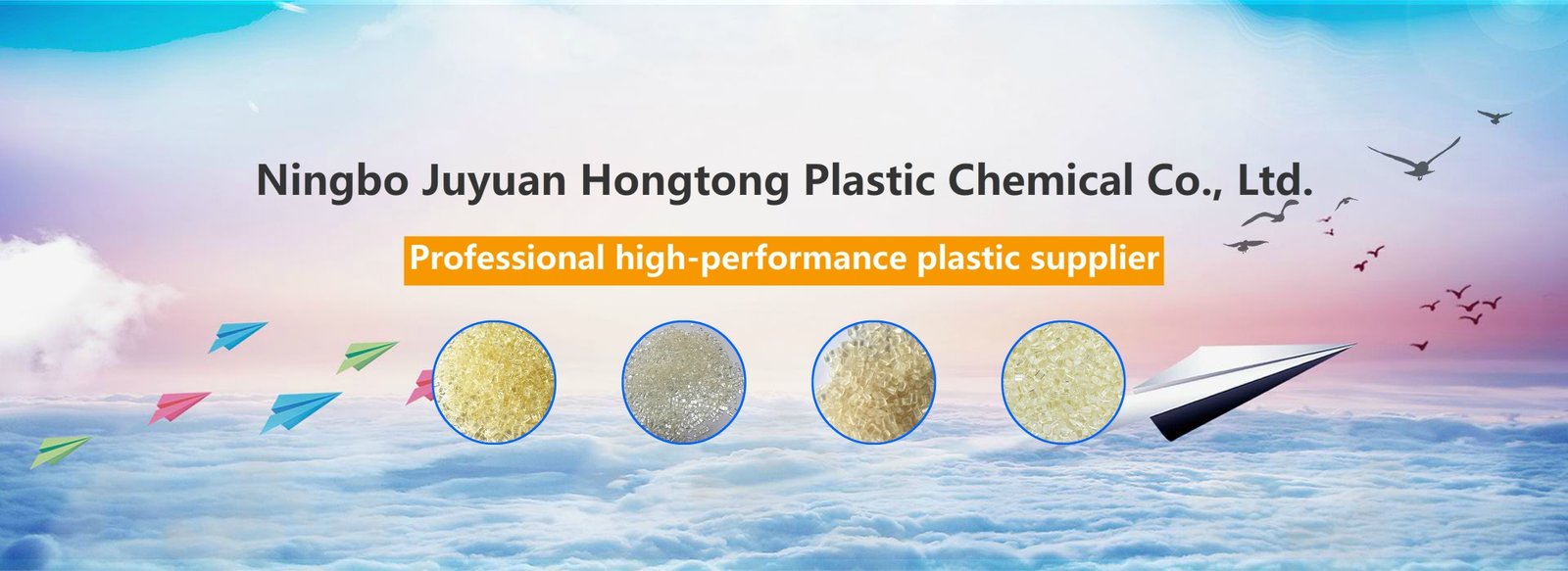Introduction:
Flame retardant and electrical performance indicators are key considerations in the plastics selection process, especially for electronics, electrical, automotive, and other industries that require high levels of safety. Terms such as UL94 V-0, 5VA, PLC rating, RTI temperature, etc. are common but can be discouraging. In this article, we will explain the real meaning of these standards through examples to help you quickly understand and accurately select materials, and no longer be troubled by complicated terminology.
01|UL94 flame retardant rating – how to interpret it?
UL94 is a set of standards for testing the combustion performance of plastics under different ignition conditions. The main ratings are V-2, V-1, V-0, and the higher ratings of 5VB and 5VA.
✔ V-0: Materials that self-extinguish quickly in vertical combustion, with no molten droplets, and are suitable for use in most consumer electronics and home appliances.
✔ 5VA: Required not only to be self-extinguishing but also to be impervious to high-intensity flames, and is a common standard for safety-critical products such as electrical enclosures and industrial controllers.
Suggestion: If your product is at risk of sustained high temperatures or exposure to open flames, prioritize materials that can achieve 5VA.
02|PLC Rating: A ‘scorecard’ for electrical insulation capability
PLC (Performance Level Category) is a measure of a material's electrical strength and resistance to electrical tracking, ranging from 0 to 5, with smaller numbers indicating greater performance.
✔ PLC 0 to 2: Can be used for voltage-sensitive parts such as connectors, relays, transformer housings, etc.
✔ PLC 5: For structural parts or general-purpose plastics with lower requirements for voltage tolerance.
For example, Celanese PBT 3316 performs at PLC 2 in the CTI test, which means that it is suitable for providing long-term stable insulation performance in high-voltage environments.
03|RTI and HDT: Don't mistake short-term performance for long-term reliability
Many materials' thermal properties may appear impressive, but it's important to distinguish between them:
✔ RTI (Relative Thermal Index): A measure of the temperature at which a material will not deteriorate over a long period and is divided into three categories: electrical, mechanical impact, and structural.
✔ HDT (Heat Distortion Temperature): An assessment of a material's stiffness when exposed to heat for a short period.
For example, some reinforced PBT plastics, with RTI values up to 140°C or more, are suitable for components that require constant heat generation, while HDT values are more suitable for assessing whether structural components are prone to deformation.
04|Water absorption is more than just a number – it affects structural safety
Certain plastics, such as nylon (PA), tend to absorb moisture and swell in humid environments, affecting dimensional and electrical properties. Materials such as glass-fiber-reinforced PBT, on the other hand, have a water absorption rate as low as 0.07%, allowing them to maintain insulation and dimensional stability in wet conditions.
For connectors or high-precision electrical components that are inserted and removed multiple times, low-water-absorbent materials are better able to maintain tolerances and contact reliability.
05|Additives: Don't let the flame retardant ‘escape’
Conventional halogenated flame retardant materials are prone to migration problems, such as sticky surfaces, precipitates, or discoloration. Materials like PBT 3316, marked ‘no migration’, have optimized lubrication and formulation design, allowing them to maintain a good appearance and stable performance in long-term use.
06|What about HWI, HAI, HVTR and other grades?
In addition to the common UL94 and PLC, the UL 746 series also includes:
✔ HWI (High Voltage Arc Resistance Index): The ability of a material to resist arc breakdown.
✔ HAI (High-Temperature Aging Index): The ability to withstand the degradation of a material's performance under prolonged heat exposure.
✔ HVTR (High Voltage Tracking Resistance): Indicates the ability of a material's surface to resist electrical tracking.
These data are increasingly valued in connector and electrical enclosure design, especially in high-density, multi-pin structures, where they serve as “invisible but safety-critical” indicators.
07 | Conclusion:
Whether you are purchasing PBT, PA, PC, PP, or other plastic materials, flame retardancy ratings, electrical properties, and thermal stability are the foundation for ensuring the long-term safe operation of your products. A correct understanding of parameters such as UL94, PLC, and RTI will help you avoid risks at the early stage of material selection and improve product reliability.
If you need to select plastic materials by industry, application, or standard, please contact us for professional material selection advice and sample support. We will provide you with a full-chain material solution for your structural design.


